I’ve often talked about the short serve in badminton being the most neglected part of the game. It’s an area professional badminton players take very seriously and spend hours working on every week.
So why is it that club and league standard players spend no time at all on this critical part of the game? Why do players in clubs fail to understand the tactical importance of the short serve in badminton?
It baffled me for a while and then I truly understood the answer! You see, the short serve in badminton isn’t exciting like a smash, it’s not a full-on action shot where glory is showered on the player who serves brilliantly in a game.
Or have we all got it so wrong and missed the point?
How often have you walked off court, losing a match and then complained that your partner’s serve was rubbish “they just couldn’t get the shuttle over the net or in the court.” Or worse, every time they serve, your opponent buried it! You’ll then admit that you can’t win, if you can’t serve.
And you’d be absolutely right.
We’ve all said this quote at some time or other, whether we’re blaming our partner or ourselves. So now we’ve agreed how critically important it is to serve well, shouldn’t we at least acknowledge a player who consistently served tight in a game?
In my opinion, this player should be seen in the same light as the player with the big smash. After all, they are consistently delivering a tight serve in the most tense period of the game, when literally the match could depend on their skill to keep the shuttle low and in the court. At 20-20, you have to agree that the serve is the biggest pressure shot in the game, especially when serving to a player who is ready to pounce on anything remotely loose.
In this scenario, the serve has got to be the most exciting, the most nerve-wracking shot to deliver because it can be a game winner, a match winner, or even a tournament winner! In my book, that beats the big smash and demonstrates a high degree of skill.
So why do we still choose to dismiss its importance?
I think the key here is finding ways to practice the serve that give it an edge, a higher level of importance and severe consequences if you fail to get it right.
Here’s a couple of technical practice ideas and one tactical practice idea for you…
 1) Target serving – get your team take part and split them into 2 teams playing against each other. Each player has to serve to a designated target (e.g. a tube or shuttles or empty box) placed near the T. Each player has 6 shuttles and count how many they get in the box. The loosing team buys the drinks or some other forfeit you decide on.
1) Target serving – get your team take part and split them into 2 teams playing against each other. Each player has to serve to a designated target (e.g. a tube or shuttles or empty box) placed near the T. Each player has 6 shuttles and count how many they get in the box. The loosing team buys the drinks or some other forfeit you decide on.
2) In your teams again – one is the attacking team, and the other the serving team. Choose one player from each team to go on court. You have 6 shuttles. Server serves from right court and must serve low serves. They can serve to anywhere along the service line but they are not allowed to flick serve. The attacking player can toe the service line. The attacking player wins a point if they can pounce on the serve and put it on the floor or the serve is out. The server wins a point when the player fails to return the serve over the net, misses it completely and it lands in and if they fail to bury the shuttle for a winner. Returns to the net or a push score points to the server. Again, have a forfeit for the losing team. Reverse the roles so each team has a go at serving and receiving.
3) To improve your tactical awareness, work together to watch for weaknesses in a player. Work in pairs. Your teammate is the guinea pig here. They need to create 6 different scenarios which could lead to potential weakness e.g. receive on non-racket leg, racket too low (don’t make it too obvious), racket slightly wide to the right, forehand grip to name a few. Ask the server serve tactically this time. Once the serve has been struck, ask what they noticed and what they changed. If your teammate didn’t know the answer, try again. If they still don’t know, show them.
You’ve now been given three practices, two to help you improve your serve from a technical viewpoint and the final exercise from a tactical view.
If you work on these exercises on a frequent basis, then you will soon notice a huge difference in the results you are getting. Your serves will be significantly better which will lead to an improvement in confidence. Because you are now serving tactically, you’ll also recognise that you have changed and are serving to win a point and not to begin a rally.



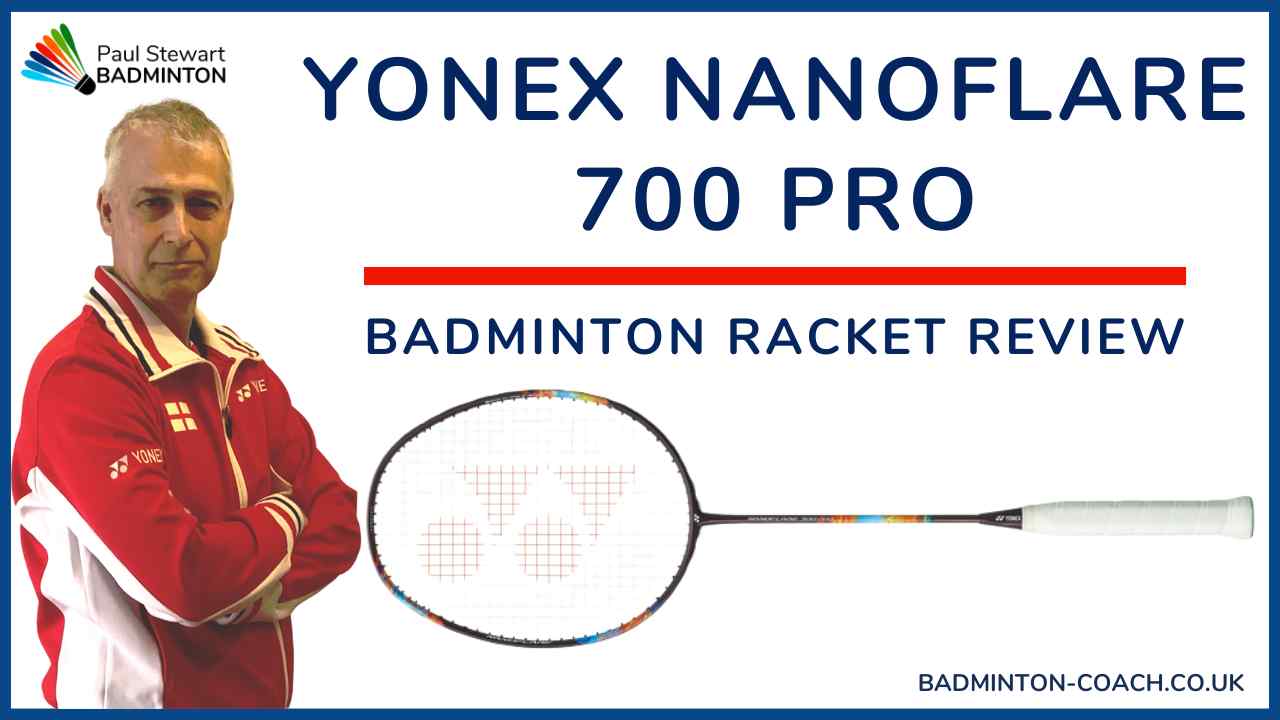

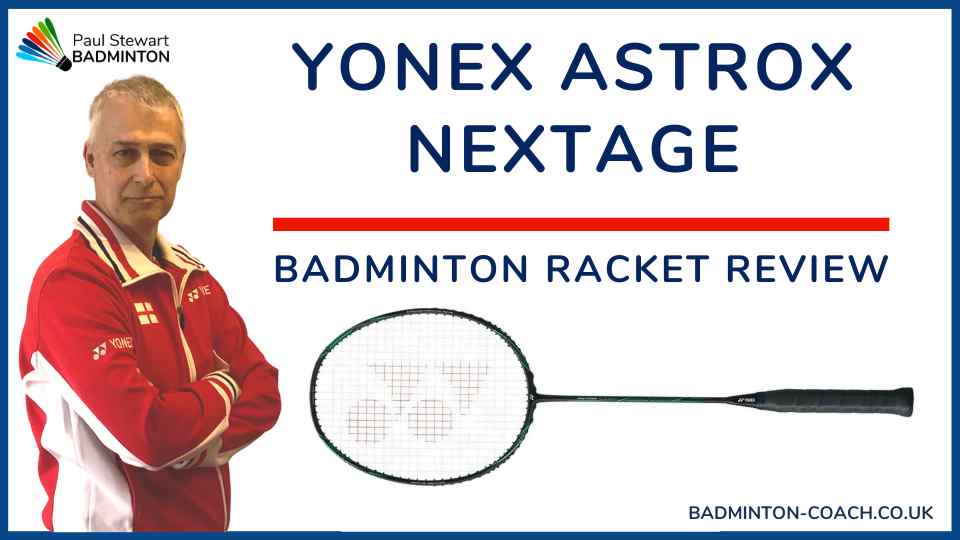

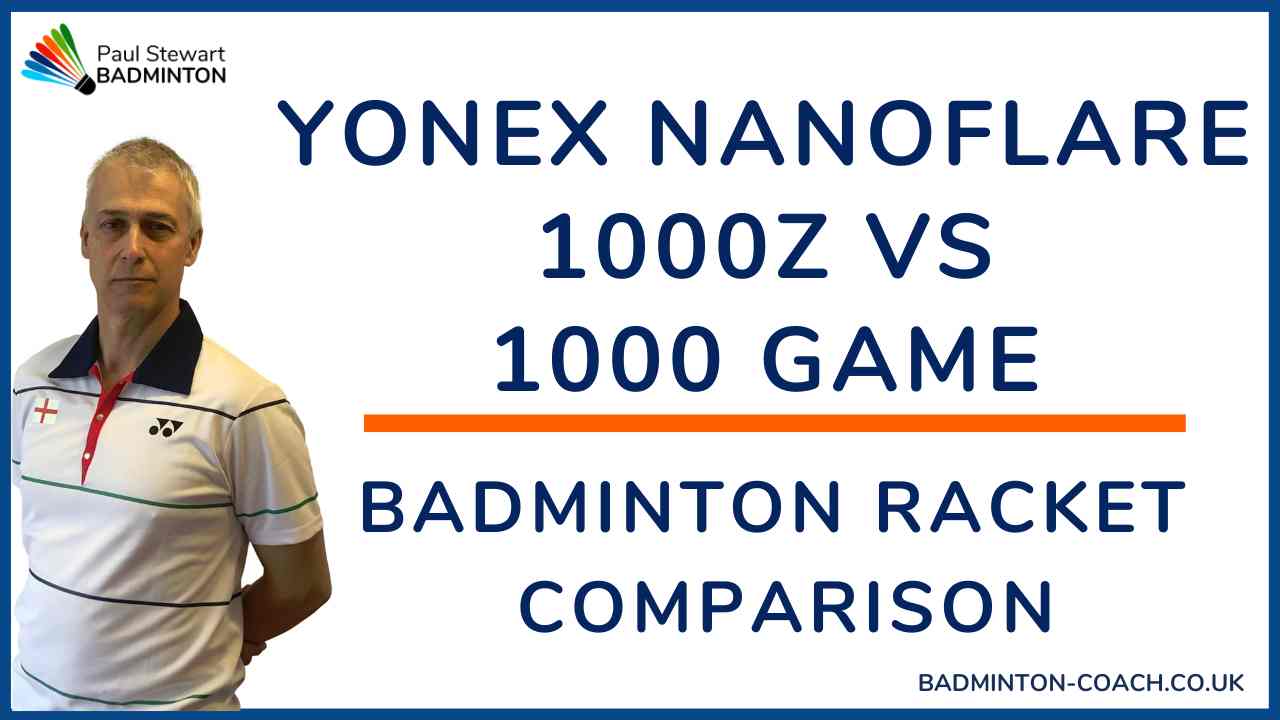
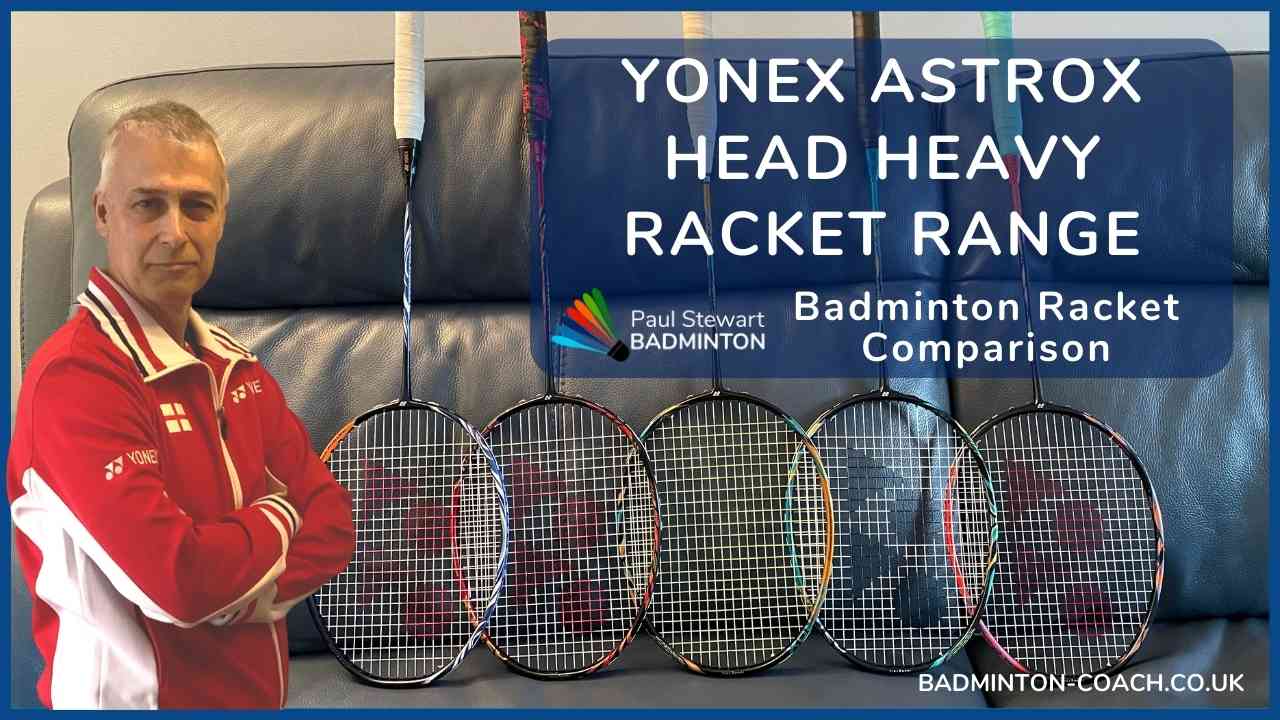

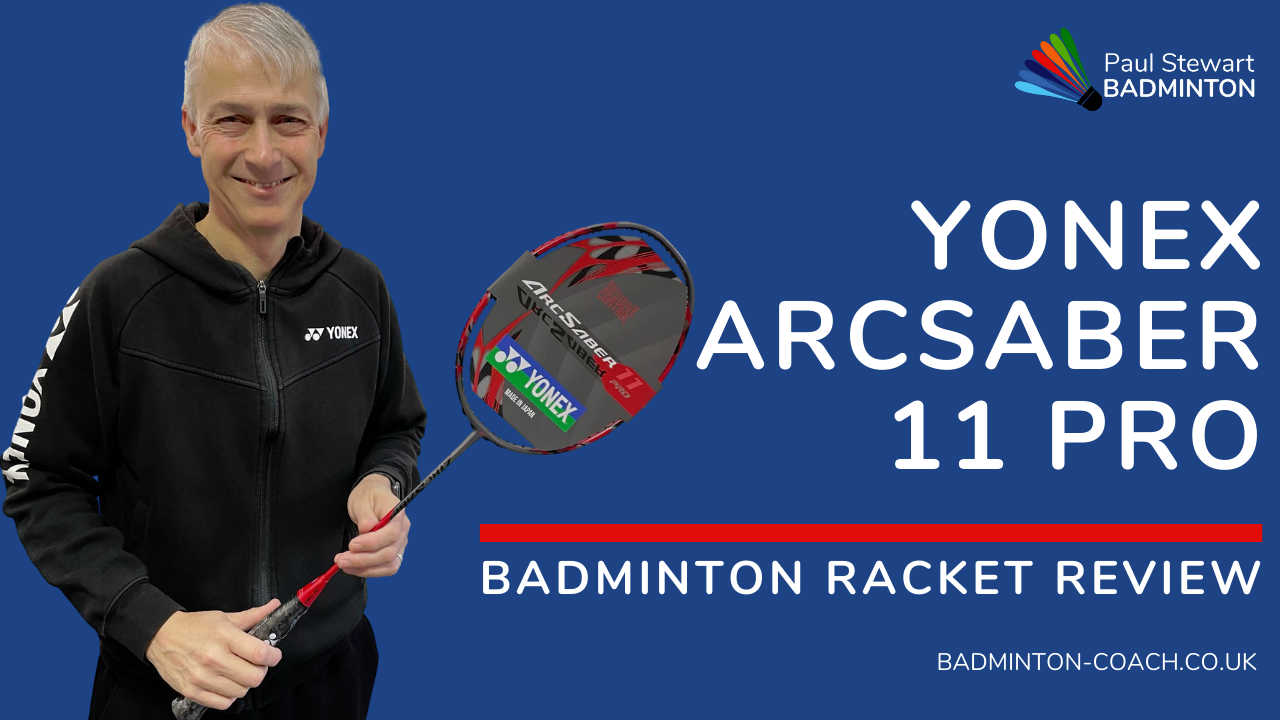

Just re-read this article. All good stuff. My predominant serve is backhand short and I practice it a lot using Paul’s aim for a box on the T method! Like Paul I also rotate the shuttle to make it bend either left or right.
Mark is correct. When I play doubles with my wife we win loads of points by playing “set plays” – we communicate our serve type beforehand. If she serves short then I am standing ready to smash any lifts – if I serve short then she is, usually, in front of me ready to threaten the net whilst I cover the back.
It does appear that many players do not think about the third shot – it can set the direction of the ensuing rally by putting you into attack mode.
Regards
John
Case in point:
I recently played as a ringer for a university team (I won’t say which) where we were faced with a very aggressive, very fast Asian pair – I’m talking “third smash is a winner” power, here. My partner and I are good (if we say so ourselves) servers and, thanks to this, nine out of ten of our serves were lifted in return. We won the match.
Two points of interest:
1. The doubles serve isn’t (or shouldn’t be) just a “let’s get into the point” shot – you’ve got a partner, so you can work the serve for him;
2. Doesn’t matter how good your attack is if you can’t hit downwards.
Hello
Very interesting post Paul. I totally agree, the serve is so often overlooked in it’s importance.
Do you have an opinion on how to hold the shuttle esp on a low backhand serve? Pointing towards the body, or angled toward the knee area or just held straight downwards? I have tried a variety of these things, but struggle to get the consistency I need. I have also tried hitting off different parts of the racquet head as suggested by badmintonphil.?
Thanks
This is a great question.
I have tested different methods. For me I found holding the tip of the feather and slightly tilting it forward worked best. However, i occasionally turn the feather anti clockwise so it’s parallel to the floor at the very last second which bends the shuttle from right to left.
Keep testing to find the most consistent approach for you. After all, the service is the most important shot in the game.
Good luck
Paul
I have quite a consistent and tight backhand serve. I hit the shuttle at the top of the strings and not on the sweet spot. I find this gives more control. I had to practice this for a few hours but once I got it, my serves are usually very tight to the tape and it usually very consistent. I hope soon my serve will be as accurate as Pauls soon!!
Hi Paul
You mentioned above that receiving wiht a forehand grip is a weakness. May I ask why adn what grip do you recommend to receive serve with? Thank you. Lovely site too by the way 🙂
Hi Stephen
Many thanks for your comment.
What I actually said was it could be a potential weakness…let me explain.
If the player is slow changing from forehand to backhand grip, then serving down their backhand has a greater chance of a weak return. I played a player last year who was very good at returning serve and I tested this serve on him. Suddenly he couldn’t pounce on the shuttle and gave away so many cheap points.
So, receiving with a forehand grip is correct, the big question is whether you can change grip fast enough to cover the serve down your backhand.
See you on the forum soon Stephen.
Paul
The pros and many elite players receive their serves just behind the line in doubles. Can ordinary people like me do that too? I’m reasonably trained in footwork but I just don’t see how I can cover the flicks if they happen…
Hi Thomas
Yes, you can train to cover the flick serve. The pros have.
You have to start from somewhere and it’s all about developing speed over a short distance. Pro players still get caught out on flicks because they are so focussed on returning the short serve.
I’ll be covering this in more depth later in my online program.
For now, decide where to stand that allows you to attack a short serve and cover the flick. From here take half a pace towards the net and practice returning both short and flick serves knowing which are being served to give you an element of comfort.
After that, ask your feeder to mix them up so the element of surpirse is introduced.
Hope this helps.
To your success
Paul
I have looked on videos on Youtube and during singles they do not stand right next to the T. but 1 step behind it. Why is that?
Minshi
Singles players serve from further back as they have to cover the full court. If they stood too close to the service line, then they are effectively opening up the rear court for pushes and flicks, making it difficult to produce a quality return.
In doubles, it’s so much easier because you have a partner to take care of the rear court.
Paul